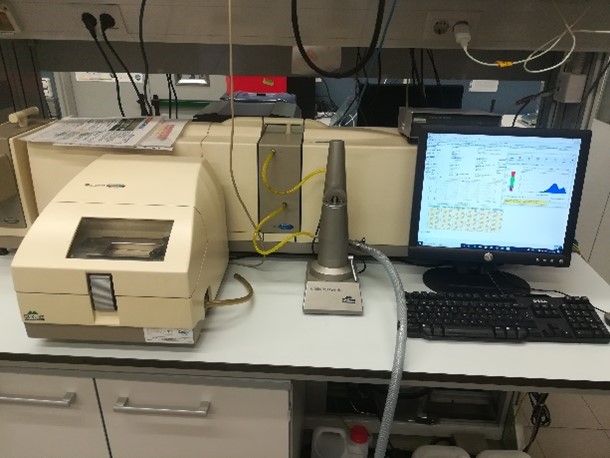U6-S03. Design of experiments (DOE SOFTWARE)
Design of experiments (DOE SOFTWARE)
We offer a Software platform and assitance in performing Design of Experiments, a systematic and statistical approach to planning, conducting, and analyzing experiments or tests. It involves strategically manipulating variables to gather relevant and reliable information while minimizing resources and time.
Customer benefits
DOE helps researchers and engineers understand the relationships between factors, identify optimal conditions, and improve processes by optimizing performance and reducing variability.
Target customer
Manufacturing companies and research groups dealing with experimentation.












